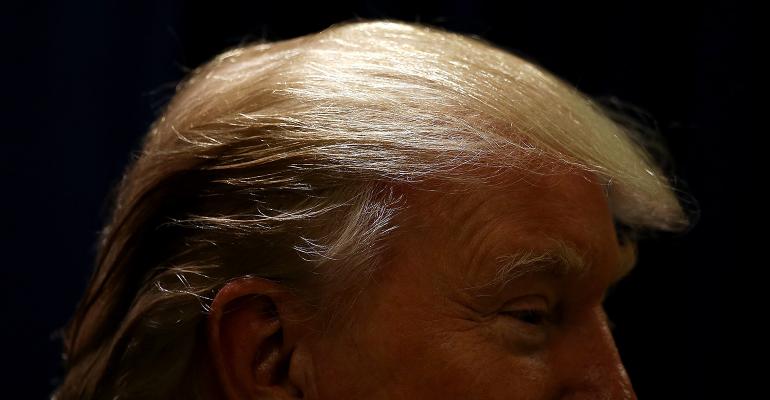‘80s flashback: Nena tunes are blasting from my speakers. “…I look around. Try something, I don't exactly know the way…” The lyrics from her song Fragezeichen (translated as “question mark”) pretty much sum-up my attitude towards today’s capital markets. After years of excessive accommodation by global policymakers, paired with a self-declared “riskless” world by most investors, we are now living another dream that is puffing up markets like bad ‘80s hair. This time around, however, it is all linked to the “Trump effect”—a credo rooted in (anticipated) deregulation, massive infrastructure spending, and domestic reindustrialization in “America-first” style: HUGE!
Politics aside, there is a reality to consider: 1) the business cycle is “tired” 2) rising rates and a stronger U.S. dollar should be a headwind to earnings—or, at least largely offset deregulation effects, and 3) additional spending programs will not remove structural unemployment related to a forming new economy that is marked by more flexible gig employment, automation, etc.
As much as past economic data is a challenge to apply in a central-bank-led world order, we can still take some direction from it. Our interest, in this respect, is related to the total-industry capacity utilization rate (TCU), which is defined as “the percentage of resources used by corporations and factories to produce goods…in the U.S." In other words, how much of a company’s existing resources, such as capital and labor, are actually being used at a given time to produce finished products. This rate has historically been closely tied to the business cycle. Despite claims of an improving economy, the fact is that the TCU is “sitting” at levels last seen in the aftermath of the dotcom bust of 2001/2002 and the crisis of 2008. Critics will surface to state their claims that the domestic economy has fundamentally changed, with the TCU no longer being a good economic indicator. OK, but how about leading economic indicators being flat? Or, earnings trending downward? It is seemingly not an encouraging picture and certainly not one of a robust economy.
We are not predicting the end of the bull market, but it is increasingly more difficult to become optimistic about economic growth or, (closely related) the levels seen in domestic equities. If the “real economy” cannot come through, then stimulative measures, such as continued accommodative policy, tax cuts, or deregulation, will have to compensate for lack of growth; although this is not the same as “the real thing,” policy makers will still try to pull demand forward (as in previous years) with near-certain disappointment to come at a later point.
Nena’s far more famous song was 99 Red Balloons—the symbolically important picture of a child letting go of a balloon in the process of growing up. Growing up is exactly what is needed now. Advisors and clients alike continue to be immature, with respect to their assessment of capital markets and related future outcomes (returns). Record-low volatility is the best indicator of us collectively not assigning value to risk, and typically the precedent to more significant “unrest” to come.
In summary, have a financial plan, diversify globally (with prospects outside of the U.S. likely better), and do not expect volatility to stay at current low readings. As far as the economy and, consequently, earnings are concerned, anticipate more of a “muddle-through” path that will be accompanied by low real returns, likely for years to come.

Matthias Paul Kuhlmey is a partner and head of Global Investment Solutions (GIS) at HighTower Advisors. He serves as wealth manager to high net worth and ultra high net worth individuals, family offices and institutions.





